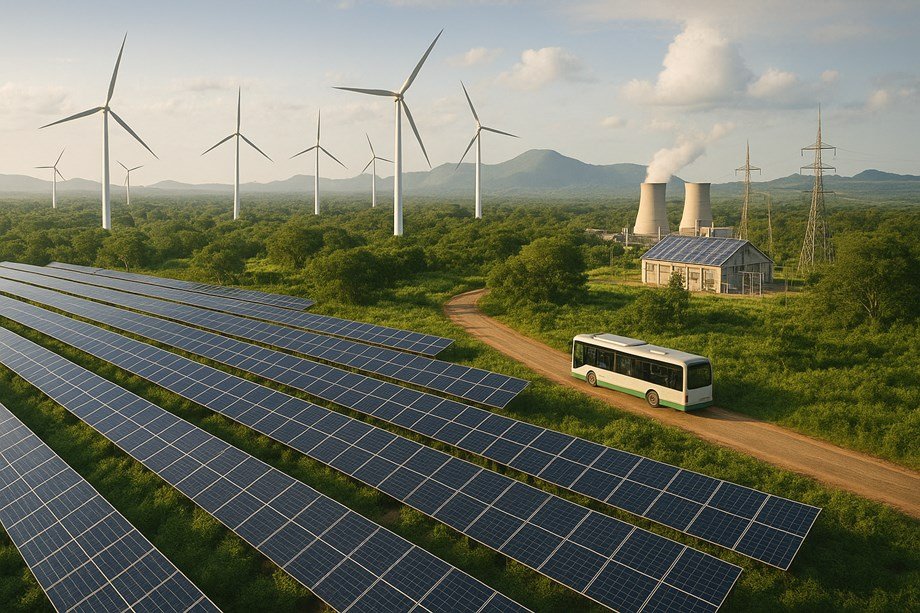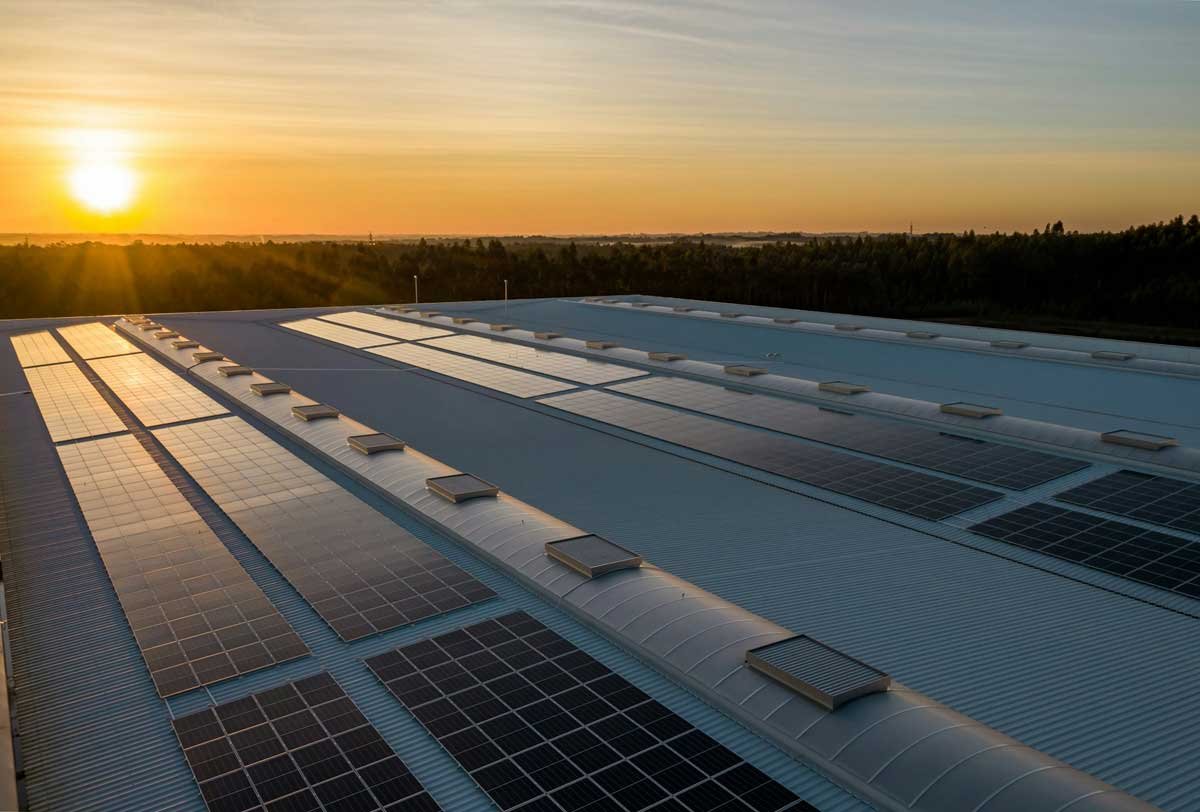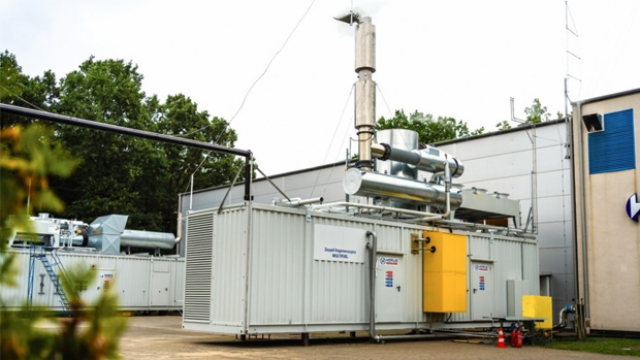The World Bank’s 2025 report outlines a strategic plan for Latin America and the Caribbean (LAC) to capitalize on its abundant natural resources as the region pursues sustainable economic growth. Key to this transformation are institutional reforms, increased green investments, and innovative approaches that leverage sectors such as land use, mining, and green hydrogen.
LAC is rich in natural resources, possessing 23% of the world’s forests and 47% of lithium reserves, alongside some of the cleanest energy grids globally. However, the report emphasizes that merely having these resources is insufficient for achieving inclusive growth. LAC must adopt a ‘resource smart’ approach to ensure that these assets are utilized effectively.
As global markets shift towards decarbonization and the demand for sustainable products rises, LAC stands at a unique advantage. The region’s clean energy mix and vast biodiversity can position it to capture emerging ‘green premiums’ in global trade. However, the report warns that this opportunity is fleeting, urging swift and strategic action to avoid penalties associated with carbon-intensive industries.
A critical aspect of the report is the economic-environmental production possibilities frontier (EE-PPF), which assesses the productivity and sustainability potential of land and resources. Advancing along this frontier requires not only meeting global efficiency standards but also innovating new markets.
The land and forest sectors present both strengths and challenges. Despite being a top provider of ecosystem services and a major food exporter, LAC ranks low in land use efficiency. The report estimates that optimizing land allocation could generate an additional $94 billion annually and sequester 25 billion tons of CO₂ equivalent. However, weak institutions contribute to deforestation and land speculation, with nearly 30% of Amazon land undesignated. The report advocates for reforms to protect carbon rights, enhance land governance, and strengthen environmental laws. Innovations such as satellite monitoring and agricultural research and development are essential to improving productivity while conserving biodiversity.
Mining, particularly of lithium and copper, could position LAC as a key player in the global clean energy transition. However, the current mining practices remain largely extractive and environmentally harmful. The report stresses the need for cleaner technologies, robust environmental safeguards, and stronger integration with global value chains. Investments in renewable-powered infrastructure and transport are crucial. The report highlights the importance of fostering innovation ecosystems that connect research institutions and industries to develop green mining technologies and processing capabilities.
Green hydrogen (GH2) is identified as a promising frontier for economic growth, with countries like Chile, Colombia, and Brazil already initiating national strategies. Despite its potential, the GH2 sector faces challenges such as high production costs and regulatory gaps. The report introduces a GH2 readiness scorecard, ranking countries based on their policy frameworks and innovation capacities, revealing that Chile leads due to its coordinated strategy and export focus. To compete globally, LAC countries must establish certification systems and support R&D to build on their strengths in renewable energy.
The report concludes with a call for coherent policy frameworks and systemic reforms. Effective institutions must establish clear rules and protect rights while fostering trust through enforcement. Investments should address gaps in green infrastructure and capacity building, and innovation systems must evolve to support both early-stage technologies and cutting-edge inventions. Importantly, the green transformation must include marginalized populations, empowering them as partners in the transition.
By aligning its natural capital with strategic reforms, LAC can unlock sustainable prosperity, turning its resource wealth into a driver for inclusive growth.




